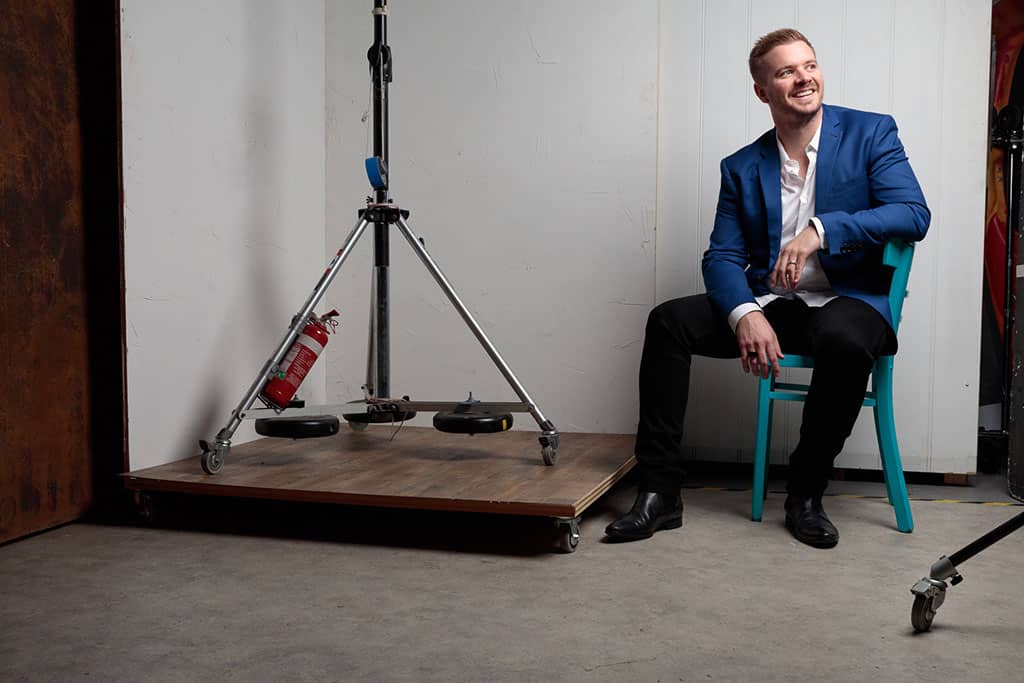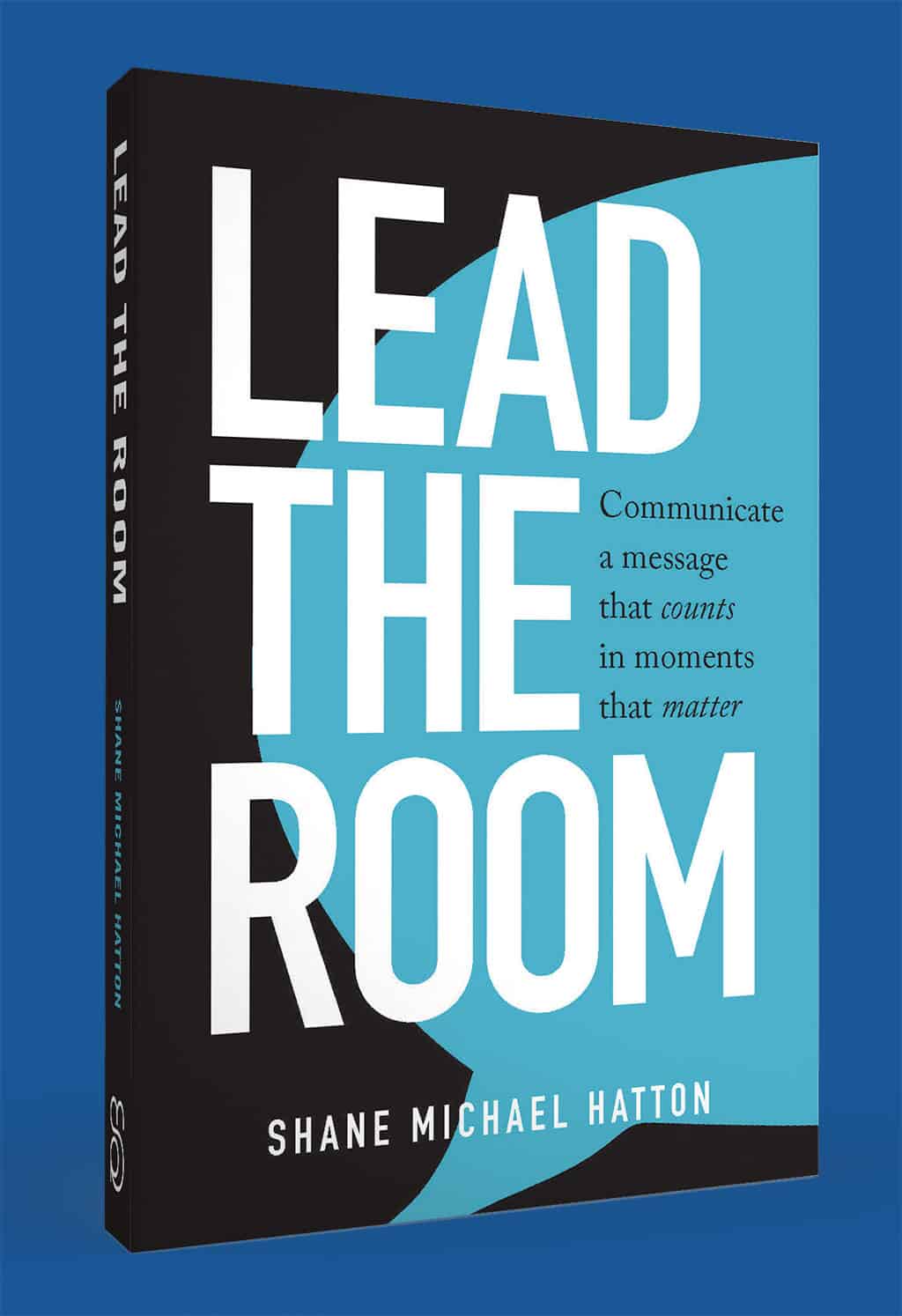Six key moments that every leader can leverage to help manage their reputation

Reputation speaks before you do. Whether you realise it or not, you are already speaking long before you stand up at the front of the room. There is a wealth of information that people can learn about you before you even walk through the door, let alone stand on a platform. If you have had the opportunity to stand in front of a room full of strangers, there’s a good chance they know more about you than you think.
A valuable element of positioning is understanding what people are already saying about you. It’s knowing what kind of reputation you have in the minds of your audience. There are certain moments I have found valuable to leverage. These are the kinds of moments that will help you manage your reputation and ensure the picture people have of you in their mind reflects the positioning you want to create.
Here’s six key moments that every leader can leverage to help manage their reputation before they stand up to speak.
Talking
People are talking about you.
In boardrooms and at barbecues, in your staff meetings and around the water cooler, people are talking about you. People who don’t know you personally will likely know someone who does. The question you need to ask is, what are they saying? What does the conversation sound like when your name comes up? Is it positive or negative? Are people telling good stories or bad?
As a leader you need to think about your network, because your network is how you influence a conversation you’re not part of. You leverage this moment when you tap into the power of your network and create advocates. Advocates are those people who will speak well of you when you aren’t present. I like to think of them as guardians of your reputation.
Searching
People are searching for you online.
They are using what they find to build a picture of who you are and what you are about. We’ve all been guilty from time to time of a little light social media stalking. Don’t deny it, we’ve seen you on the ‘who’s viewed your profile’ list. The question you need to ask is, what are they finding?
If I read your LinkedIn bio, what would I learn about who you are and what you value? When I check out your staff profile on the intranet or read your website bio, who is the person I find? When I take a look at your social media feed on Twitter or Facebook, will this tell the story you want me to read?
At a conference I recently facilitated one of the guest speakers was to talk about how to create ‘healthy’ leadership, a topic I was obviously very interested in hearing about. Not many of us had heard him speak before, so naturally people started looking him up. Not long before he was due to speak one of the group chats I was in pinged with a notification. I looked down and saw that someone had posted a link to a news article about the speaker. The article didn’t paint the speaker in a great light with respect to his treatment of his employees. Here was someone about to speak on healthy leadership, and this is the reputation that preceded him?
I should pause for a moment and say that I’m not one to take at face value every online news article, and I think our world is for the most part savvy enough to know when the media is just being, well, the media. What struck me, though, was that before he had said a word, his reputation had set him up to be viewed in a particular way. So he was already starting on the back foot and had to work more intentionally to have his voice heard.
As a leader you need to think about your visibility. How are you showing up in the places people are looking for you? How can you be more intentional about creating a presence online? Are you actively engaging in the places where people are looking? Could you write regularly on topics you want to be known for and align your social media pages with your message? If you’re speaking externally, think about how you might show up in the conference hashtag, write guest articles for the event and put yourself in front of the delegates any way you can.
Following
People are following you online.
People are reading your online content and seeing your status updates. When you send an angry tweet because your flight is delayed, your team and your audience see that too. So what does this all say about you?
The question I often ask myself is, What are they getting by following me? Have I given them a reason to follow? Why would someone want to read your staff newsletter or online articles or follow your tweets?
As a leader you need to think investment. How can you use what you have to invest in those you lead? Find opportunities to create value for the people who follow you before they even meet you. Give them a good reason to keep following you. Be generous with ideas and resources and continue to help them solve real problems, and you’ll build a great reputation long before you have the opportunity to communicate directly.
Engaging
People are engaging with you.
Whether it’s through an online comment or email or over the phone, the question to ask is, what are they experiencing when they do? When they ask a question, send you an email or share one of your articles, what is your response? Are you often late responding to emails? Are you short and abrupt when sending messages? Do you sometimes not return phone calls? These actions are shaping your reputation.
As a leader think with a service mindset, just as you would want every one of your employees to do with your customers. How can you create moments that are memorable for people who engage with you? How can you surprise and delight your team or audience? How can you do something they won’t quickly forget when they finally see you in person.
Watching
When you show up to speak, know that people are watching you from across the room, they are standing beside you in the elevator, they are in front of you in the coffee line. You might not know them or even see them, but they see you (insert eerie horror music). That person you just glared at or flipped the bird to may just be the new employee starting in your organisation today, who will build a picture of the type of person you are from such interactions. When you walk down the hall on your lunch break and ignore your team, you need to know that people notice.
What are they seeing? What is your posture when you enter a room? Do you come across as arrogant, disconnected and closed off, or approachable, friendly and humble? Does your expression suggest you want to be there or does it say stand clear? Do all you can to create accessibility for people to connect with you. Utilise your preparation time privately, so you can maximise your connection time publicly. Rather than just going through your notes, make the most of those valuable moments you have before you speak. When you’re in the room, you’re on.
Meeting
People are meeting you before you speak.
People are looking for opportunities to connect with you. The question to ask is, what are they feeling when they do eventually meet you?
Do they feel valued and important or do they walk away feeling like they were an inconvenience to you? Keep in mind that ‘people don’t care how much you know until they know how much you care’. How are you showing people through your interactions that you care? Maybe you’ve met them in the hallway between meetings, in the lobby before a town hall or in the car park on your way home.
Think about connection and look for opportunities to create rapport with your audience before you stand up to speak. I have learned that every one of these moments is a valuable opportunity to position yourself in the way that you want to be known. Take a minute to reflect on these moments that help you to speak before you speak and ask yourself, are you saying something valuable?
Edited extract from “Lead The Room: Communicate a message that counts in moments that matter” by Shane Michael Hatton (Major Street Publishing; April 30, 2019) now available online.
Have you read?
# Is True Employee Engagement the New Leadership Mindset by Vicki Brackett.
# Why appealing to employee motivations builds an empowered workforce by Tony Holmwood.
# The 30 Most Religious Places in the World, 2019.
# Most Family-Friendly Countries In Europe, 2019.
# Ranked: Least Peaceful Countries In The World, 2019.
Bring the best of the CEOWORLD magazine's global journalism to audiences in the United States and around the world. - Add CEOWORLD magazine to your Google News feed.
Follow CEOWORLD magazine headlines on: Google News, LinkedIn, Twitter, and Facebook.
Copyright 2025 The CEOWORLD magazine. All rights reserved. This material (and any extract from it) must not be copied, redistributed or placed on any website, without CEOWORLD magazine' prior written consent. For media queries, please contact: info@ceoworld.biz









